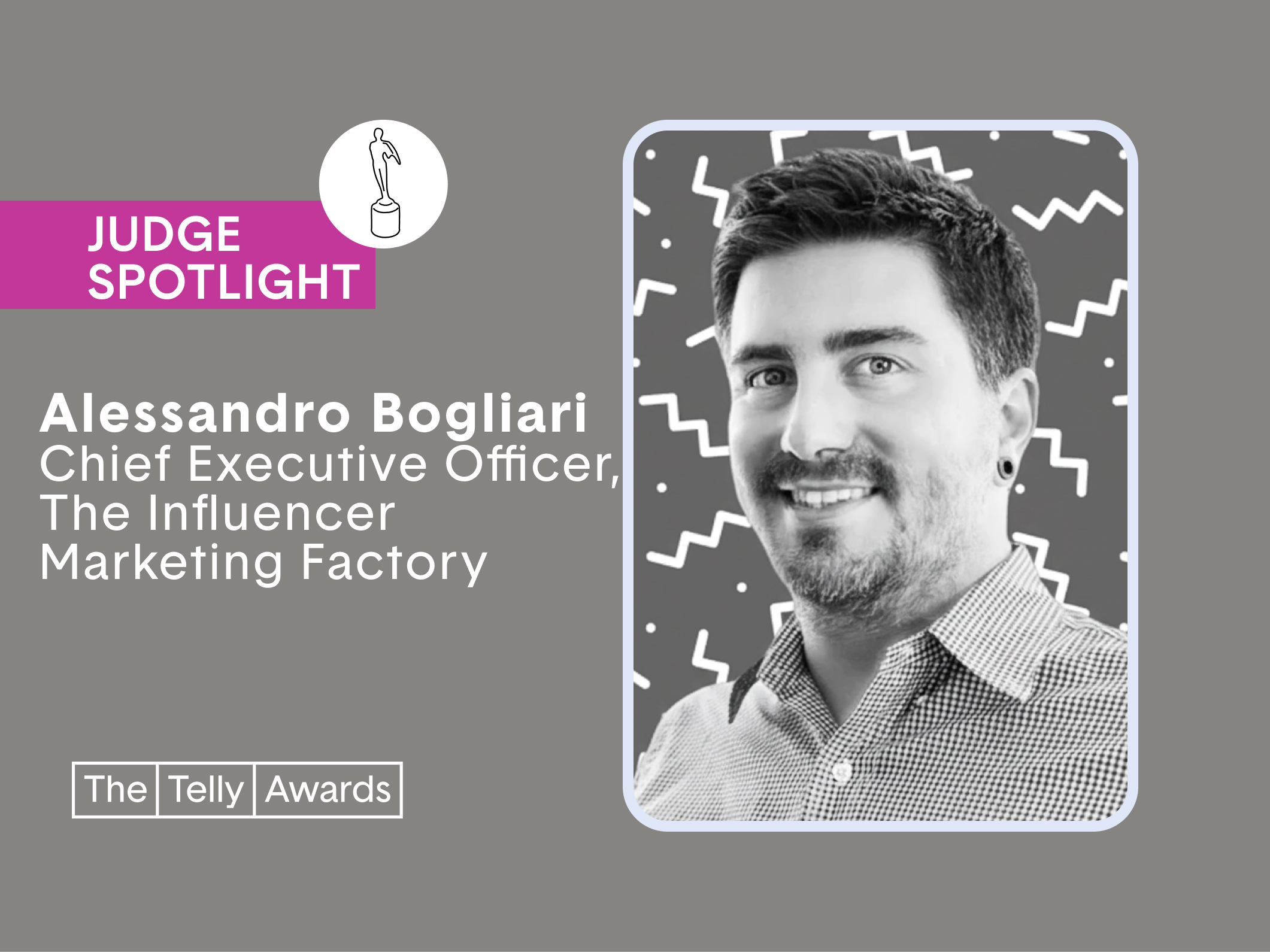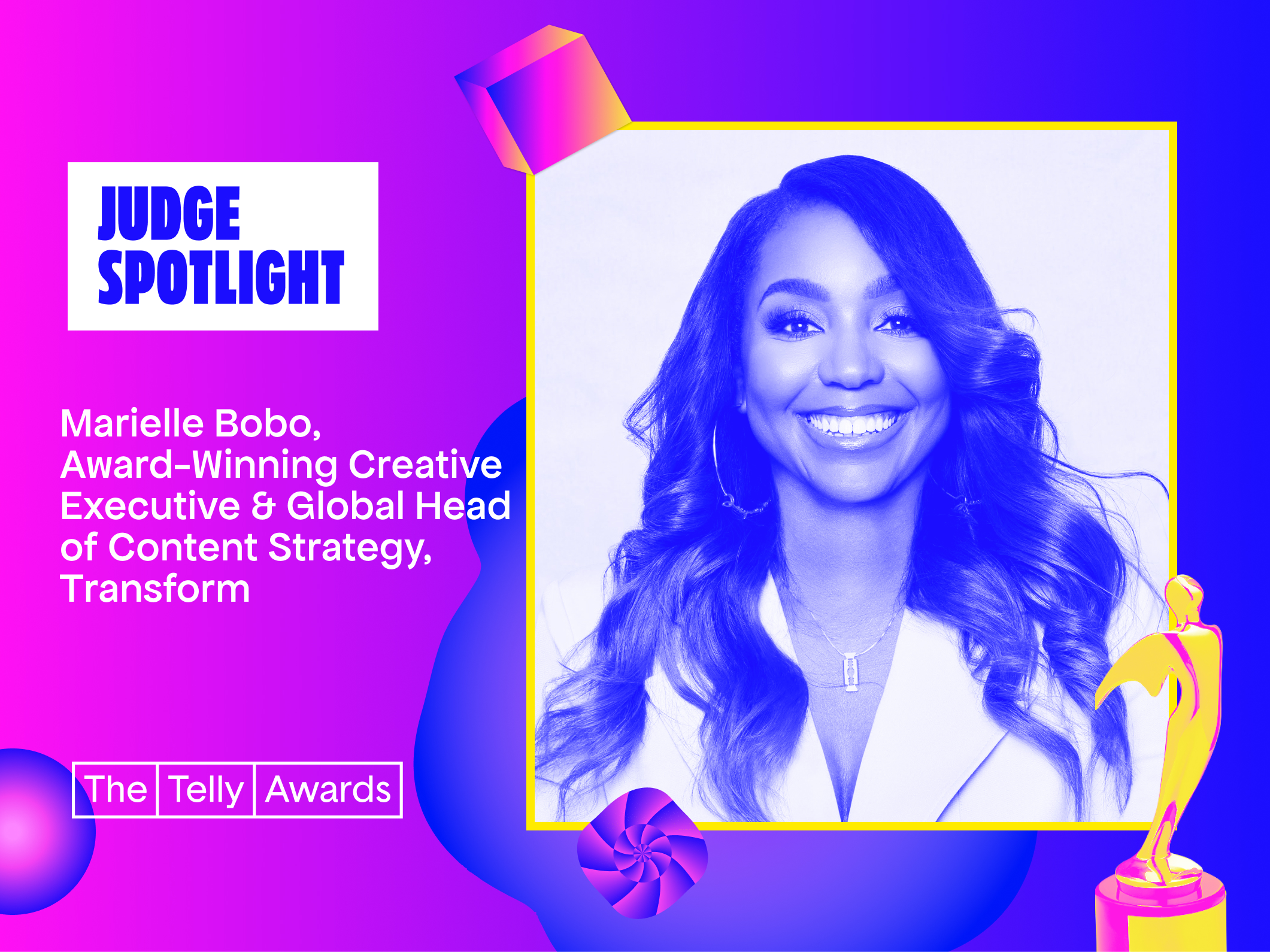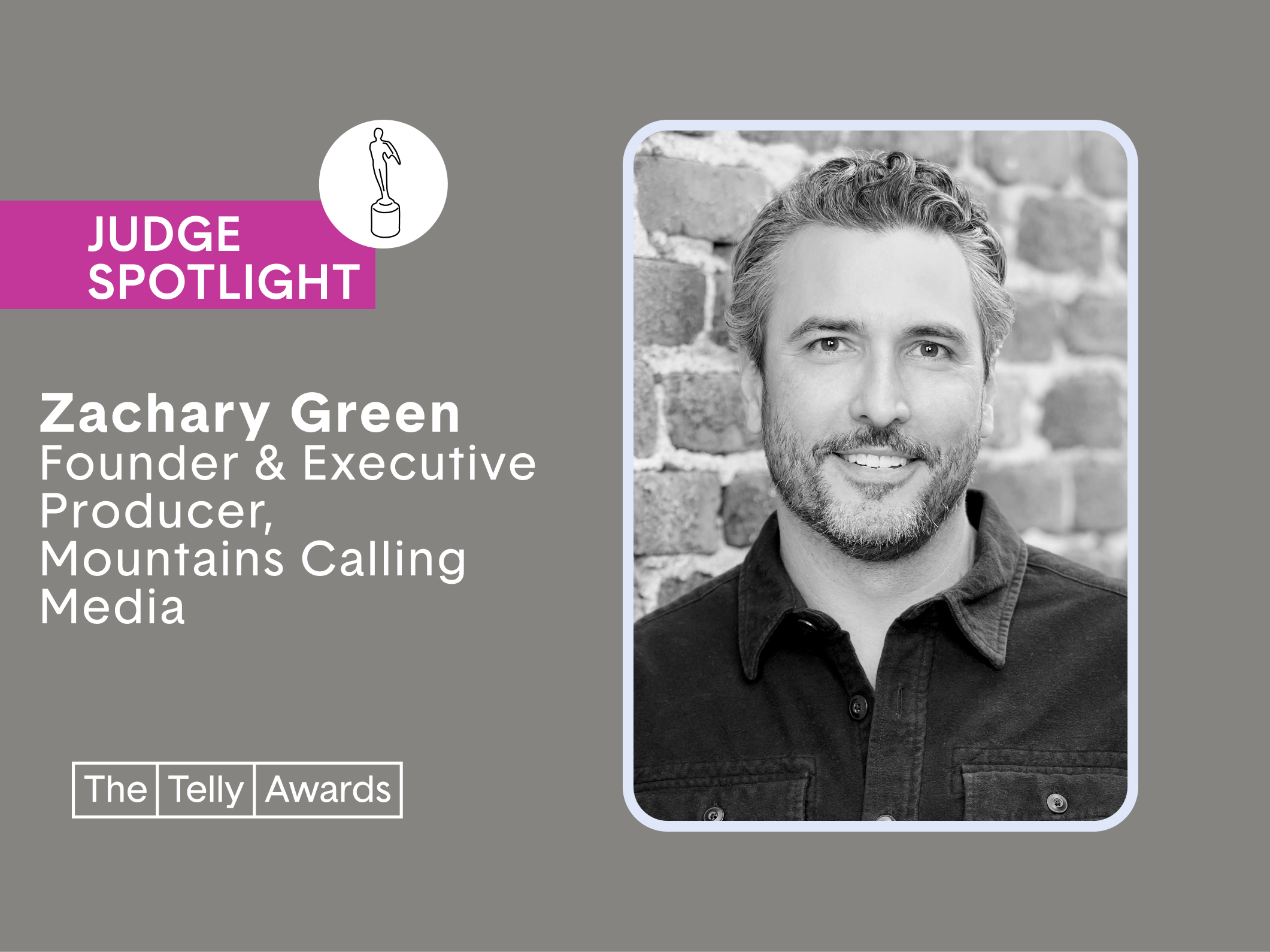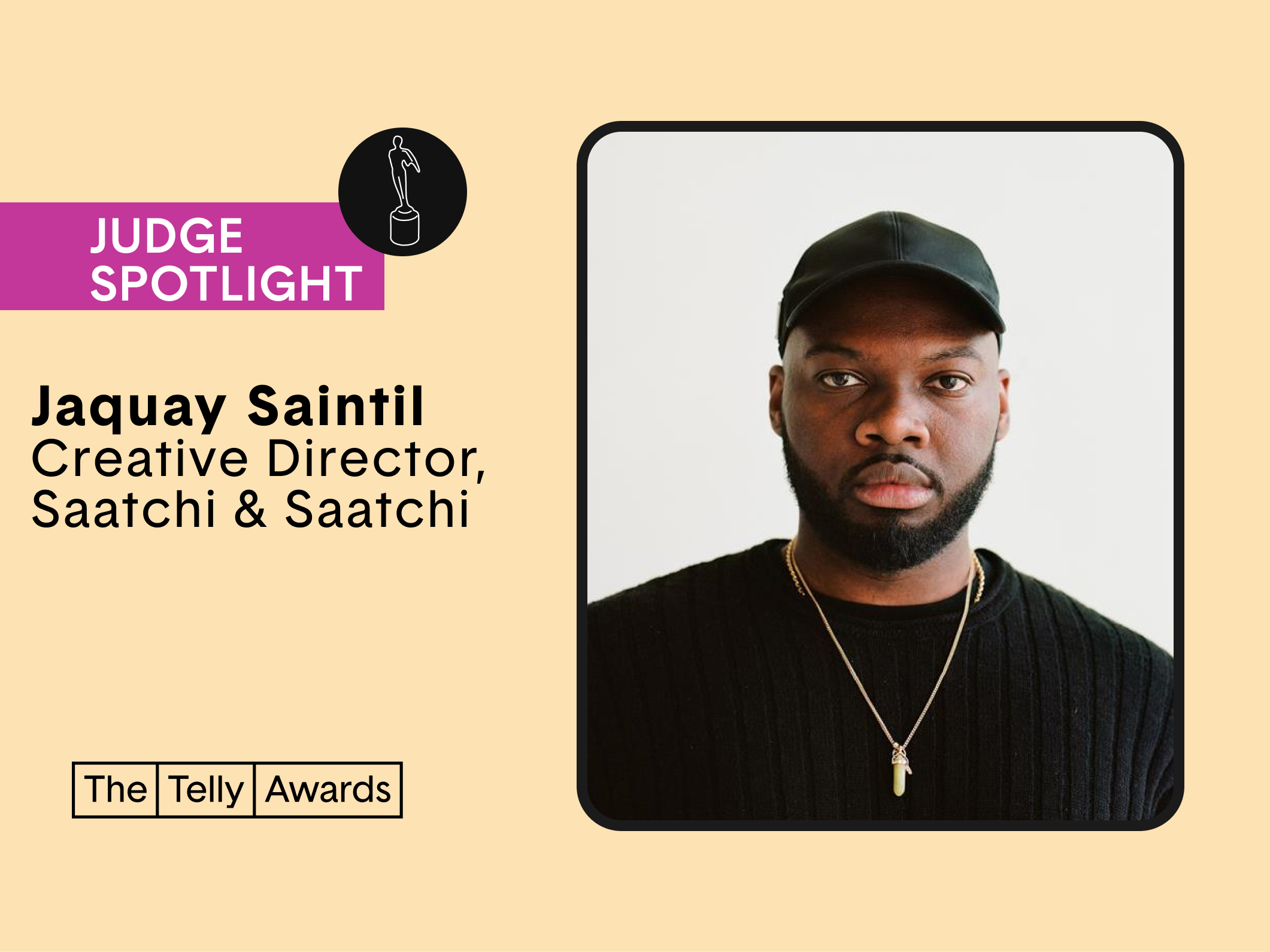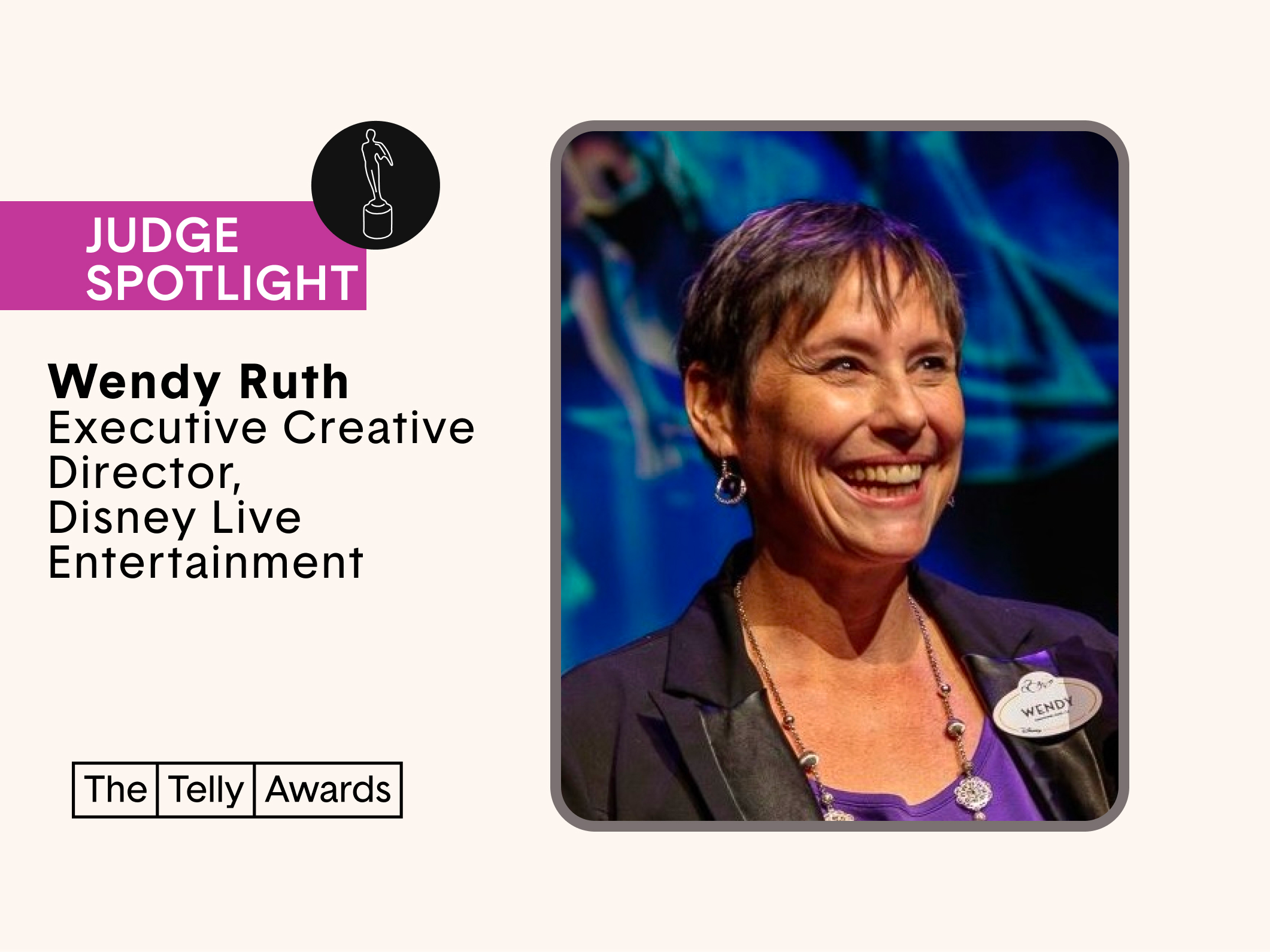Alessandro Bogliari is the CEO and Co-Founder of The Influencer Marketing Factory, a global influencer marketing agency recognized for its data-driven campaigns and full-service production capabilities. Since launching the company in 2018, he has led its growth into an award-winning agency and trusted partner to brands across multiple industries. Under his leadership, the company became an official TikTok Agency Partner, Meta Business Partner, and Google Partner, reinforcing its position at the forefront of the creator economy. Alessandro frequently contributes insights on influencer marketing, social commerce, and brand–creator collaboration to major media outlets and industry events.
How many years have you been a judge?
This is my first year!
What excited you about judging for the Telly Awards?
I was excited to judge for the Telly Awards because it’s a unique opportunity to celebrate the innovative storytelling shaping today’s media landscape. While my daily work focuses heavily on creator-led and social-first content, participating as a judge allows me to expand my horizons and see what other formats, production styles, and media categories are doing at a high level. Having studied art direction and cinema when I was younger, being able to revisit and evaluate a wide range of visual formats feels both nostalgic and creatively energizing. The Telly Awards consistently spotlight work that pushes boundaries, and being part of the judging process enables me to learn from, appreciate, and recognize the talent driving the industry forward.
What was your first job in the industry? What did it teach you?
My first jobs in the industry were a mix of graphic design, both editorial and commercial, and videography. I actually learned how to shoot and edit videos on my own, which meant I was not just a passive viewer but someone who actively worked with the software, experimented, and figured things out by doing. That experience taught me how visuals come together, how pacing and storytelling work, and how much detail goes into even the simplest piece of content. It also showed me the value of being resourceful and curious, something that still shapes how I approach work today.
What project are you most proud to have worked on?
One of the campaigns I’m most proud of is the collaboration we did for O‑Cedar where we turned cleaning into a viral TikTok sensation — achieving 50 M+ views.
What made it special for me is that we didn’t just run a typical influencer campaign; we crafted a creative angle where the content felt native, fun, and shareable. We combined our understanding of creator-culture, platform behaviour and storytelling to make a household product feel engaging in an unexpected way.
It taught me that even for categories that might seem “everyday” or “boring,” there is real creative potential if you approach them with the right mindset. It’s a great reminder of why I love this job.
What’s the most challenging part about your job and/or the industry?
One of the biggest challenges is still educating brands on what influencer marketing actually is and how it works when it is done properly. Some companies still see it as a quick transactional tactic instead of a strategic discipline that requires creativity, trust, and long-term thinking. On the other side, some creators are incredible at producing content but can struggle with organization, timelines, and communication, which can make campaigns harder to manage.
What do you look for to determine excellence in video?
When I look at a video, the first thing I pay attention to is clarity of purpose. If the idea is strong and the story is told in a way that feels honest and intentional, it already has my attention. Because I studied art direction and cinema, I naturally notice the craft behind the visuals: how shots are composed, how the pacing supports the message, and how all the small creative choices come together. I also value videos that bring something new to the table, even if it is subtle. A fresh angle, a clever detail, or a unique tone can turn a good piece into a great one. In the end, excellence for me is when creativity, execution, and emotional impact all align in a way that feels effortless and stays with you after it ends.
What are your current roles and responsibilities and what do you love most about your job?
As the CEO and Co-Founder of The Influencer Marketing Factory, I oversee our overall strategy, partnerships, and growth while making sure our team has the right direction and support to deliver strong results for our clients. I stay closely connected to platform developments with TikTok, Meta, and Google, keep an eye on where the creator economy is heading, and help guide our creative and strategic decisions as we expand our services and capabilities.
What I love most about my job is that it is truly never boring. The creator economy evolves every single day, and there is always something new to learn, test, or build. I enjoy the mix of creativity and business strategy, and I find it incredibly rewarding to turn ideas into real outcomes.
What initiatives or projects are you working on now that excite you?
Right now I am really excited about the shift from purely online content to more IRL experiences with creators. We are exploring ways to bring creators into real-world environments, events, and productions where the content feels more tangible, immersive, and emotionally engaging. What makes this even more interesting is how those IRL moments can then be repurposed across platforms, turning a single experience into a multi-format content engine. It opens the door to new storytelling styles, new collaborations, and campaigns that feel more authentic, human, and memorable. This blend of offline creativity and online amplification is something I am genuinely passionate about building and scaling.
Do you have any specific practices you lean on to spark creativity?
For me, creativity usually comes from stepping out of the day to day and exposing myself to something different. I like watching content from completely different industries, checking how other media approach storytelling, and then translating those ideas into my own work while keeping the foundations of what works in the creator economy. I also get inspired by walking around New York, going to museums, or simply observing how people behave offline. Talking with my team and with creators also sparks a lot of ideas because fresh perspectives always open new angles. And honestly, taking a break and disconnecting helps too. When my mind is not overloaded, the best ideas tend to show up on their own.
What inspired you to pursue your career path?
I actually got into influencer marketing and the creator economy almost by accident. When I had to choose a topic for my master’s thesis, I wanted something new and unexplored, so I focused on influencer marketing and built an algorithm to understand how much brands should pay creators. At that time, almost no one was looking at influencer marketing with a scientific or business mindset, and I loved the idea of combining creativity with a data driven approach to ROI. That mix of art and analytics pulled me in, and the more I studied it, the more I realized this industry was going to grow fast. From there, I knew I wanted to build something in this space.
In your experience, what is a significant change you are seeing happen in the video, television, and/or film industry, and what insight can you share about how to navigate it?
One of the biggest shifts I see is the move toward content that blends traditional production quality with the authenticity and speed of creator formats. The line between professional video and creator content is getting thinner, especially as more projects start offline in real environments and then get repurposed into dozens of digital formats. Audiences today expect something that feels real, human, and less polished, but they also expect strong storytelling. At the same time, creators are becoming central to distribution and in many cases are more influential than traditional media channels.
To navigate this shift, I believe brands and producers need to stay open minded and flexible. Look at what creators are doing, learn from their storytelling rhythm, but keep the foundations of strong production and narrative structure. Experiment with IRL content, think multi platform from the beginning, and build ideas that can live across different formats without losing their core. The projects that win today are the ones that respect both worlds: the creativity and emotional pull of traditional media and the agility and authenticity of digital creator culture.

